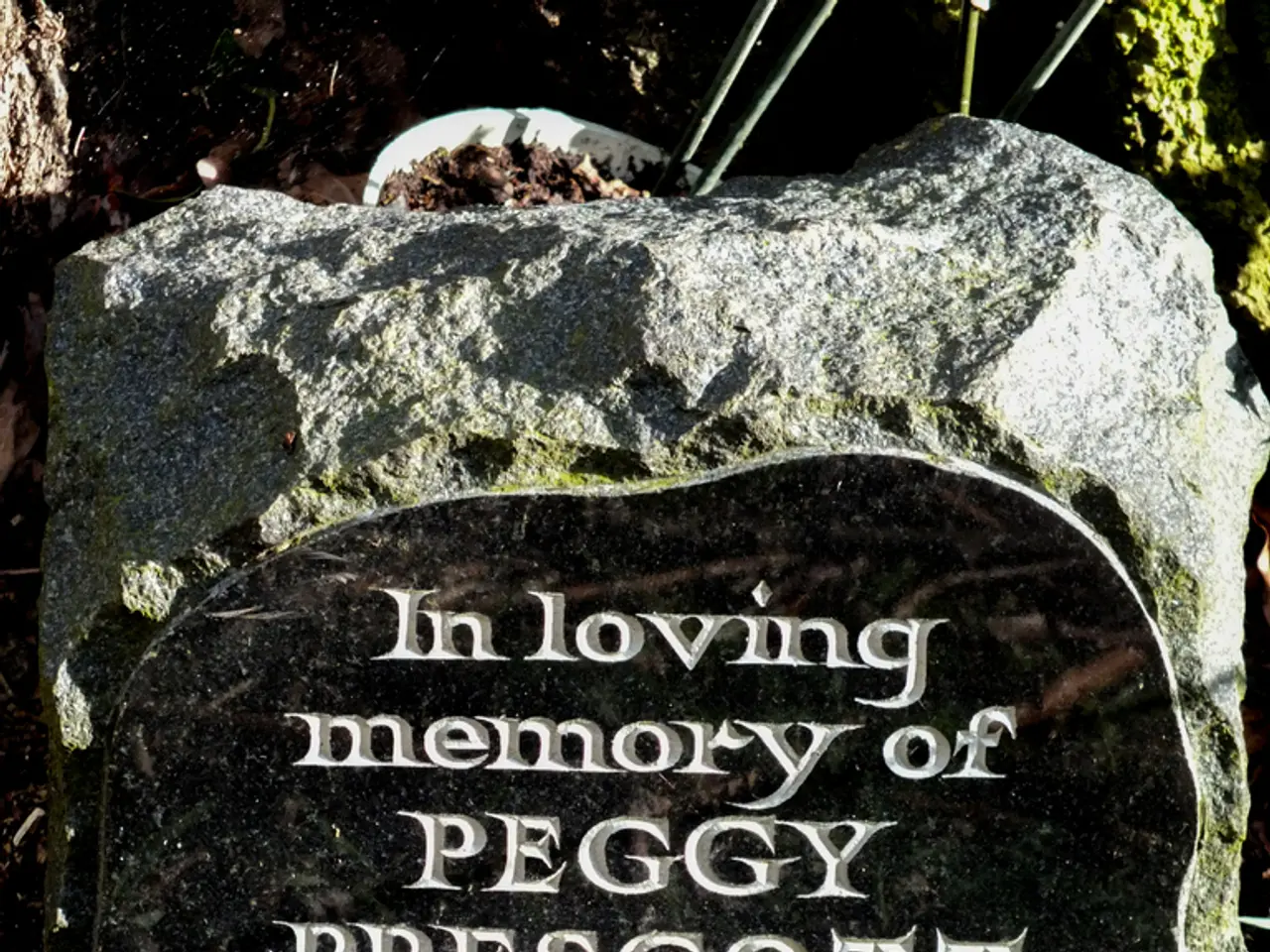Archaic Tooth Alters Perception of Stonehenge's Past
In a groundbreaking discovery, scientists have unearthed new details about the origins of the cow that may have accompanied the Neolithic people during the transportation of Stonehenge's bluestones.
The study, led by Professor Jane Evans of the British Geological Survey and the Universities of Leicester and Nottingham, focused on a 5,000-year-old cow tooth found near the south entrance of Stonehenge. The tooth, dated to the time of the monument’s construction, provides the first evidence of a connection between Wales and Stonehenge during the movement of the bluestones.
By analysing the lead isotopes in the tooth, the researchers discovered that the cow's early life was spent on terrain underlain by rocks similar to those found in the Welsh landscape where Stonehenge’s bluestones were quarried. This suggests that the cow likely began its life in Wales and made the same journey as the stones.
The lead isotopes also revealed unusual spikes, indicating that lead stored in the skeleton was released during pregnancy. This could mean that the cow was pregnant or providing milk during the journey.
The detailed biographical approach on a single animal provides a brand-new facet to the story of Stonehenge. The study offers unparalleled new detail on the cow's distant origins and its arduous journey, offering insights into the lives of the Neolithic people who built the monument.
The scientists studied the tooth using advanced isotope analysis, slicing it into nine layers to record chemical signals from different periods of the cow’s life. The oxygen and carbon isotopes showed the cow's diet shifting over roughly six months, from stored winter fodder to summer pasture.
The strontium isotopes suggested that the food came from different geological areas, indicating either the cow moved to the food or the food was moved to it. This finding supports the theory that the Neolithic people used "beasts of burden" to transport the stones.
The presence of a cow's tooth suggests larger domestic groups and support networks may have accompanied the Neolithic people transporting the stones. Jane Evans, one of the study's co-authors, stated that further research could be conducted on other animal specimens found near the monument.
This lone cow tooth offers the clearest sign yet that the journey of Stonehenge’s stones may have been shared by animals as well as people. The research offers a fascinating glimpse into the lives of the Neolithic people who built the monument and the animals that accompanied them.
Read also:
- Peptide YY (PYY): Exploring its Role in Appetite Suppression, Intestinal Health, and Cognitive Links
- Toddler Health: Rotavirus Signs, Origins, and Potential Complications
- Digestive issues and heart discomfort: Root causes and associated health conditions
- House Infernos: Deadly Hazards Surpassing the Flames








